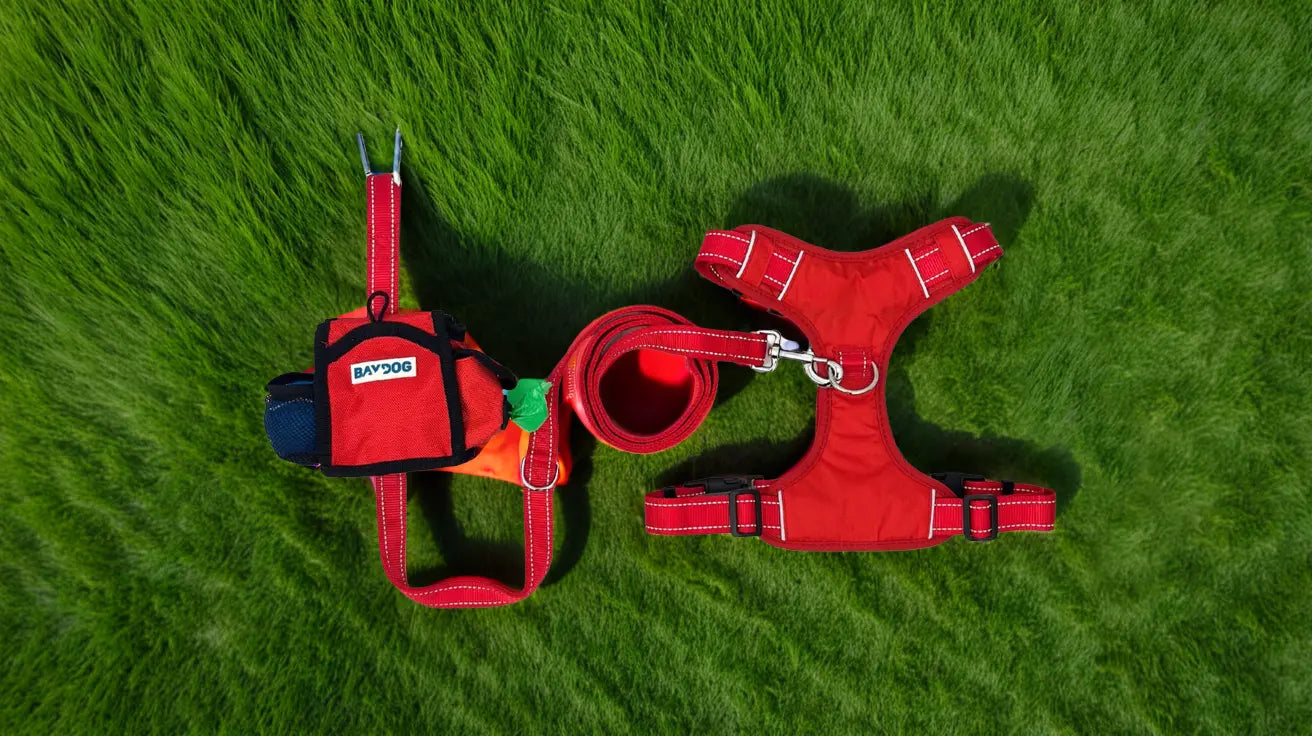If you have been reading the headlines, there is some news out about harmful blue-green algae which can be lethal for dogs. The blooms can be found in every state in the U.S. and produce multiple types of toxins, including liver, nerve, and skin toxins, which can cause gastrointestinal illness in humans, and mortality in dogs, livestock, and wildlife. Scary! So be prepared and know what to look for. We found some great resources and wanted to share them.
Here is what the Environmental Protection Agency advises on how to keep your Dog safe from toxic algae:

 If you want to download a brochure that provides great information on how dogs can be exposed to toxins, symptoms that may follow exposure, and how to reduce your dog’s risk of exposure, check out the New York Sea Grant’s Dogs and Harmful Algal Blooms Brochure:
https://www.dec.ny.gov/docs/water_pdf/habspets.pdf
Another great resource is the Center for Disease Control’s Reference Brochure for Veterinarians. This one is a bit more technical but might help in case of emergency.
https://www.cdc.gov/habs/pdf/habsveterinarian_card.pdf
And if you are headed out on a walk, there is an app called CyAN which shows the location of algae blooms in over 2,000 of the largest lakes and reservoirs across the United States. Check it out:
https://www.epa.gov/water-research/cyanobacteria-assessment-network-mobile-application-cyan-app
For a really quick overview, check out this video from the EPA on YouTube:
[embed]https://www.youtube.com/watch?v=goPMNzDmJDg[/embed]
From all of us at BAYDOG, please be safe out there!
If you want to download a brochure that provides great information on how dogs can be exposed to toxins, symptoms that may follow exposure, and how to reduce your dog’s risk of exposure, check out the New York Sea Grant’s Dogs and Harmful Algal Blooms Brochure:
https://www.dec.ny.gov/docs/water_pdf/habspets.pdf
Another great resource is the Center for Disease Control’s Reference Brochure for Veterinarians. This one is a bit more technical but might help in case of emergency.
https://www.cdc.gov/habs/pdf/habsveterinarian_card.pdf
And if you are headed out on a walk, there is an app called CyAN which shows the location of algae blooms in over 2,000 of the largest lakes and reservoirs across the United States. Check it out:
https://www.epa.gov/water-research/cyanobacteria-assessment-network-mobile-application-cyan-app
For a really quick overview, check out this video from the EPA on YouTube:
[embed]https://www.youtube.com/watch?v=goPMNzDmJDg[/embed]
From all of us at BAYDOG, please be safe out there!
- Spot the algae Don't let your dog drink or swim in water if: • It's slimy or looks like foam, scum or mats on the surface of the water. • The color is weird. Harmful algal blooms can be blue, bright green, brown or red and may look like paint floating on the water. • It stinks. Some (but not all) harmful algae produce a nauseating smell.
- Treat exposure If you think your dog has gotten into a harmful algae bloom: • Rinse him or her off immediately. Wear gloves to protect yourself and give your dog a thorough rinse in clean, fresh water. • Watch for symptoms. Symptoms can arise anywhere from 15 minutes to several days after exposure. Take pets to the vet immediately if they suffer from: Diarrhea or vommiting, weakness or staggering, drooling, difficulty breathing or convulsions • Report the bloom to your state's health department.

 If you want to download a brochure that provides great information on how dogs can be exposed to toxins, symptoms that may follow exposure, and how to reduce your dog’s risk of exposure, check out the New York Sea Grant’s Dogs and Harmful Algal Blooms Brochure:
https://www.dec.ny.gov/docs/water_pdf/habspets.pdf
Another great resource is the Center for Disease Control’s Reference Brochure for Veterinarians. This one is a bit more technical but might help in case of emergency.
https://www.cdc.gov/habs/pdf/habsveterinarian_card.pdf
And if you are headed out on a walk, there is an app called CyAN which shows the location of algae blooms in over 2,000 of the largest lakes and reservoirs across the United States. Check it out:
https://www.epa.gov/water-research/cyanobacteria-assessment-network-mobile-application-cyan-app
For a really quick overview, check out this video from the EPA on YouTube:
[embed]https://www.youtube.com/watch?v=goPMNzDmJDg[/embed]
From all of us at BAYDOG, please be safe out there!
If you want to download a brochure that provides great information on how dogs can be exposed to toxins, symptoms that may follow exposure, and how to reduce your dog’s risk of exposure, check out the New York Sea Grant’s Dogs and Harmful Algal Blooms Brochure:
https://www.dec.ny.gov/docs/water_pdf/habspets.pdf
Another great resource is the Center for Disease Control’s Reference Brochure for Veterinarians. This one is a bit more technical but might help in case of emergency.
https://www.cdc.gov/habs/pdf/habsveterinarian_card.pdf
And if you are headed out on a walk, there is an app called CyAN which shows the location of algae blooms in over 2,000 of the largest lakes and reservoirs across the United States. Check it out:
https://www.epa.gov/water-research/cyanobacteria-assessment-network-mobile-application-cyan-app
For a really quick overview, check out this video from the EPA on YouTube:
[embed]https://www.youtube.com/watch?v=goPMNzDmJDg[/embed]
From all of us at BAYDOG, please be safe out there!























